-
 Bitcoin
Bitcoin $108,708.8110
0.60% -
 Ethereum
Ethereum $2,561.6057
1.91% -
 Tether USDt
Tether USDt $1.0001
-0.03% -
 XRP
XRP $2.2795
0.57% -
 BNB
BNB $662.2393
1.00% -
 Solana
Solana $153.1346
3.74% -
 USDC
USDC $1.0000
0.00% -
 TRON
TRON $0.2877
0.97% -
 Dogecoin
Dogecoin $0.1710
3.93% -
 Cardano
Cardano $0.5871
1.61% -
 Hyperliquid
Hyperliquid $39.6663
1.68% -
 Sui
Sui $2.9032
0.79% -
 Bitcoin Cash
Bitcoin Cash $496.1879
1.71% -
 Chainlink
Chainlink $13.5807
3.01% -
 UNUS SED LEO
UNUS SED LEO $9.0777
0.61% -
 Stellar
Stellar $0.2514
4.51% -
 Avalanche
Avalanche $18.1761
1.86% -
 Shiba Inu
Shiba Inu $0.0...01173
1.72% -
 Toncoin
Toncoin $2.8010
-4.23% -
 Hedera
Hedera $0.1594
3.21% -
 Litecoin
Litecoin $87.0257
-0.53% -
 Monero
Monero $319.1217
1.79% -
 Polkadot
Polkadot $3.3853
0.68% -
 Dai
Dai $0.9999
-0.01% -
 Ethena USDe
Ethena USDe $1.0003
0.02% -
 Bitget Token
Bitget Token $4.3420
-0.97% -
 Uniswap
Uniswap $7.3772
1.39% -
 Aave
Aave $286.6277
5.61% -
 Pepe
Pepe $0.0...09994
2.33% -
 Pi
Pi $0.4589
1.76%
What are the rules for forced liquidation of Kraken's contracts?
Kraken's forced liquidation process automatically closes positions to prevent losses when account equity falls below set thresholds, impacting futures and margin trading.
Apr 25, 2025 at 12:42 am

Kraken, one of the leading cryptocurrency exchanges, offers a variety of trading products, including futures and margin trading. Understanding the rules for forced liquidation of Kraken's contracts is crucial for traders to manage their risk effectively. This article will delve into the specifics of Kraken's liquidation policies, providing detailed insights into how these processes work and what traders should be aware of.
Understanding Forced Liquidation on Kraken
Forced liquidation occurs when a trader's position is automatically closed by the exchange to prevent further losses when the account's equity falls below a certain threshold. On Kraken, this process is designed to protect both the trader and the exchange from negative balances.
Types of Contracts Subject to Liquidation
Kraken offers various types of contracts that can be subject to forced liquidation. These include:
- Futures Contracts: These are agreements to buy or sell an asset at a future date at a predetermined price.
- Margin Trading: This involves borrowing funds to trade, which can amplify both gains and losses.
Each type of contract has its own set of rules and thresholds for liquidation, which traders must understand thoroughly.
Thresholds for Liquidation
Kraken sets specific thresholds for liquidation to ensure that traders' accounts do not go into negative balance. The key thresholds include:
- Maintenance Margin: This is the minimum amount of equity that must be maintained in the account to keep the position open. If the account equity falls below this level, the position will be liquidated.
- Liquidation Price: This is the price at which the position will be automatically closed to prevent further losses. The liquidation price is calculated based on the maintenance margin and the current market price.
How Liquidation is Triggered
The process of liquidation on Kraken is automated and triggered when certain conditions are met. The steps involved are as follows:
- Monitoring Account Equity: Kraken continuously monitors the equity in each trader's account.
- Comparing to Thresholds: If the account equity falls below the maintenance margin, Kraken's system will initiate the liquidation process.
- Executing Liquidation: The position will be closed at the best available market price to prevent further losses.
Liquidation Fees and Costs
When a position is liquidated, traders may incur additional fees and costs. These can include:
- Liquidation Fee: A fee charged by Kraken to cover the costs of executing the liquidation.
- Slippage: The difference between the expected liquidation price and the actual price at which the position is closed. Slippage can occur due to market volatility and can increase the total cost of liquidation.
Strategies to Avoid Liquidation
Traders can employ several strategies to avoid forced liquidation on Kraken:
- Monitoring Positions: Regularly check the account equity and the current market conditions to anticipate potential liquidation.
- Setting Stop-Loss Orders: Use stop-loss orders to automatically close positions at a predetermined price to limit losses.
- Adjusting Leverage: Reduce the leverage used in trading to lower the risk of liquidation.
- Maintaining Adequate Margin: Ensure that the account always has sufficient margin to cover potential losses.
Understanding the Impact of Market Volatility
Market volatility can significantly impact the likelihood of forced liquidation. During periods of high volatility, prices can move rapidly, increasing the risk of account equity falling below the maintenance margin. Traders should be particularly cautious during these times and may need to adjust their strategies accordingly.
Case Studies of Liquidation on Kraken
To illustrate how forced liquidation works on Kraken, consider the following hypothetical case studies:
- Case Study 1: A trader opens a long position on a futures contract with a leverage of 10x. The market moves against the position, and the account equity falls below the maintenance margin. Kraken automatically liquidates the position at the best available market price, resulting in a loss for the trader.
- Case Study 2: A trader uses margin to buy a cryptocurrency. The price of the cryptocurrency drops significantly, and the account equity falls below the liquidation threshold. Kraken closes the position, and the trader incurs a liquidation fee and slippage costs.
Tools and Resources Provided by Kraken
Kraken offers several tools and resources to help traders manage their risk and avoid forced liquidation:
- Risk Management Tools: These include features like stop-loss orders and margin calculators that help traders set appropriate risk levels.
- Educational Resources: Kraken provides educational content on its website, including articles and tutorials on risk management and trading strategies.
- Customer Support: Traders can reach out to Kraken's customer support team for assistance with any questions or issues related to liquidation.
Frequently Asked Questions
Q: Can I reopen a position after it has been liquidated?
A: Yes, after a position has been liquidated, you can reopen a new position once you have sufficient funds in your account. However, it's important to reassess your trading strategy and risk management to avoid repeated liquidations.
Q: How can I check my current margin levels on Kraken?
A: You can check your current margin levels by logging into your Kraken account and navigating to the trading or margin section. Here, you will find detailed information about your account equity, margin used, and available margin.
Q: Does Kraken notify traders before a position is liquidated?
A: Kraken does not typically notify traders before a position is liquidated, as the process is automated and designed to act quickly to prevent further losses. However, traders can monitor their positions and account equity to anticipate potential liquidation.
Q: Are there any ways to appeal a liquidation on Kraken?
A: If you believe a liquidation was executed incorrectly, you can contact Kraken's customer support team to review your case. However, liquidations are generally final, and appeals are rarely successful unless there was a clear error on the part of the exchange.
Disclaimer:info@kdj.com
The information provided is not trading advice. kdj.com does not assume any responsibility for any investments made based on the information provided in this article. Cryptocurrencies are highly volatile and it is highly recommended that you invest with caution after thorough research!
If you believe that the content used on this website infringes your copyright, please contact us immediately (info@kdj.com) and we will delete it promptly.
- Bitcoin, Jon Atack, and El Salvador: A Crypto Conundrum
- 2025-07-07 23:15:12
- Google, AI Chatbots, and Altcoins: Navigating the Shifting Sands of Search and Crypto
- 2025-07-07 23:15:12
- By Georgia:
- 2025-07-07 23:50:57
- Ethereum (ETH) Analyst Points: Is a Major Breakout Imminent?
- 2025-07-07 23:55:12
- BBVA's Crypto Leap: Bitcoin and Ethereum for the Masses?
- 2025-07-07 22:30:12
- Bitcoin, Strategy, and Windfalls: Decoding the Latest Moves
- 2025-07-07 22:30:12
Related knowledge
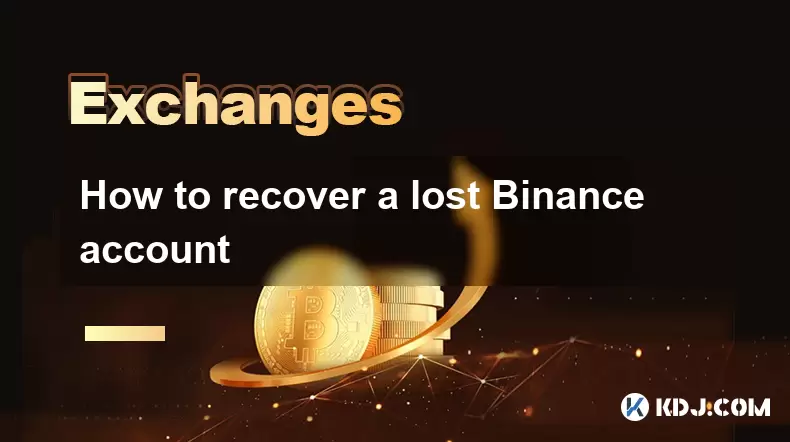
How to recover a lost Binance account
Jul 07,2025 at 09:07pm
What Happens When a Binance Account Is Lost?Losing access to your Binance account can be a distressing experience, especially if you hold significant digital assets. This typically occurs due to forgotten login credentials, loss of two-factor authentication (2FA) devices, or compromised accounts. Understanding the exact reason behind losing access is cr...

How to read Binance charts
Jul 07,2025 at 08:14pm
Understanding the Basics of Binance ChartsReading Binance charts effectively is essential for making informed trading decisions in the cryptocurrency market. Before diving into technical indicators and candlestick patterns, it's important to understand the basic layout of a chart on the Binance platform. The default chart interface displays price moveme...
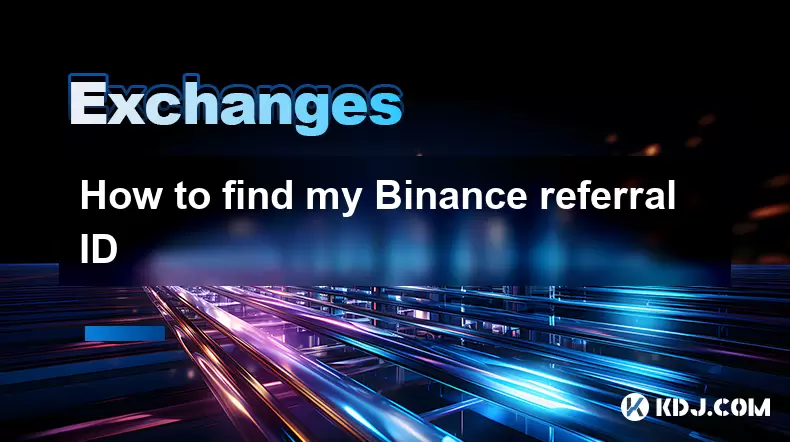
How to find my Binance referral ID
Jul 07,2025 at 06:29pm
What is a Binance Referral ID?A Binance Referral ID is a unique identifier assigned to each user on the Binance platform. This ID allows users to refer new traders to Binance and earn commissions from their trading fees. The referral program is an integral part of Binance’s ecosystem, encouraging community growth and rewarding active participants. Every...
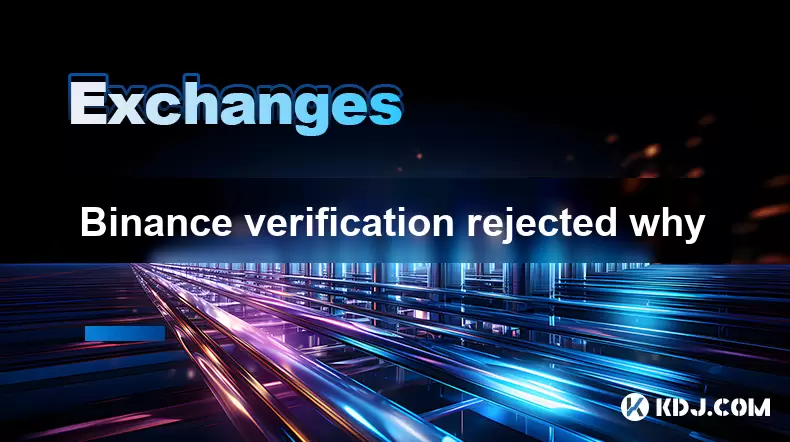
Binance verification rejected why
Jul 07,2025 at 06:57pm
Understanding Binance Verification RejectionIf your Binance verification was rejected, you're likely searching for answers on why this happened and how to resolve it. Binance, as one of the world's largest cryptocurrency exchanges, requires users to complete identity verification to comply with Know Your Customer (KYC) regulations. When a verification r...
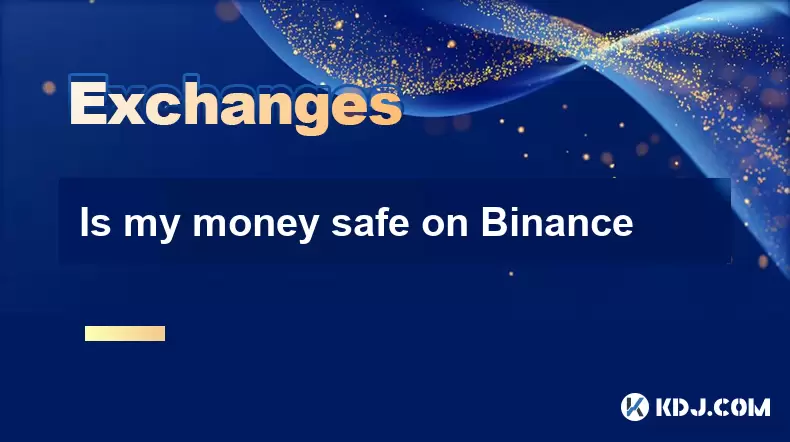
Is my money safe on Binance
Jul 07,2025 at 10:43pm
Understanding the Security Measures of BinanceWhen users ask, 'Is my money safe on Binance', they are typically concerned about the security protocols and trustworthiness of one of the world’s largest cryptocurrency exchanges. Binance has implemented multiple layers of security to protect user funds, including two-factor authentication (2FA), anti-phish...
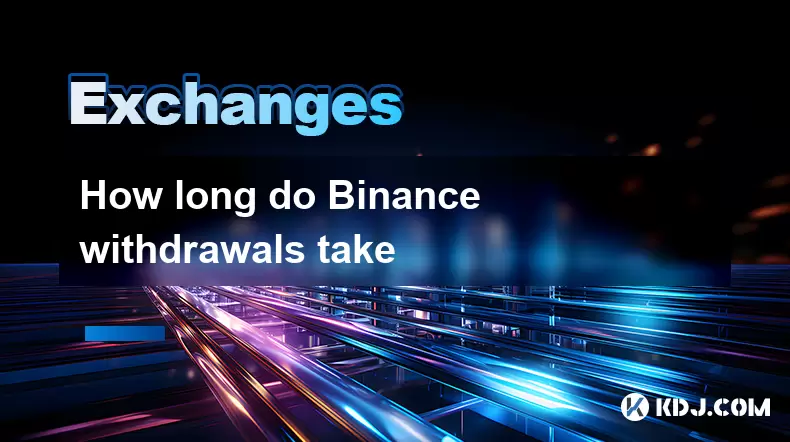
How long do Binance withdrawals take
Jul 07,2025 at 09:21pm
Understanding the Withdrawal Process on BinanceWhen users initiate a Binance withdrawal, they often wonder how long it will take for their funds to arrive at their destination wallet. The duration of a Binance withdrawal depends on several factors, including the cryptocurrency being withdrawn, network congestion, and blockchain confirmations required by...

How to recover a lost Binance account
Jul 07,2025 at 09:07pm
What Happens When a Binance Account Is Lost?Losing access to your Binance account can be a distressing experience, especially if you hold significant digital assets. This typically occurs due to forgotten login credentials, loss of two-factor authentication (2FA) devices, or compromised accounts. Understanding the exact reason behind losing access is cr...

How to read Binance charts
Jul 07,2025 at 08:14pm
Understanding the Basics of Binance ChartsReading Binance charts effectively is essential for making informed trading decisions in the cryptocurrency market. Before diving into technical indicators and candlestick patterns, it's important to understand the basic layout of a chart on the Binance platform. The default chart interface displays price moveme...

How to find my Binance referral ID
Jul 07,2025 at 06:29pm
What is a Binance Referral ID?A Binance Referral ID is a unique identifier assigned to each user on the Binance platform. This ID allows users to refer new traders to Binance and earn commissions from their trading fees. The referral program is an integral part of Binance’s ecosystem, encouraging community growth and rewarding active participants. Every...

Binance verification rejected why
Jul 07,2025 at 06:57pm
Understanding Binance Verification RejectionIf your Binance verification was rejected, you're likely searching for answers on why this happened and how to resolve it. Binance, as one of the world's largest cryptocurrency exchanges, requires users to complete identity verification to comply with Know Your Customer (KYC) regulations. When a verification r...

Is my money safe on Binance
Jul 07,2025 at 10:43pm
Understanding the Security Measures of BinanceWhen users ask, 'Is my money safe on Binance', they are typically concerned about the security protocols and trustworthiness of one of the world’s largest cryptocurrency exchanges. Binance has implemented multiple layers of security to protect user funds, including two-factor authentication (2FA), anti-phish...

How long do Binance withdrawals take
Jul 07,2025 at 09:21pm
Understanding the Withdrawal Process on BinanceWhen users initiate a Binance withdrawal, they often wonder how long it will take for their funds to arrive at their destination wallet. The duration of a Binance withdrawal depends on several factors, including the cryptocurrency being withdrawn, network congestion, and blockchain confirmations required by...
See all articles

























































































